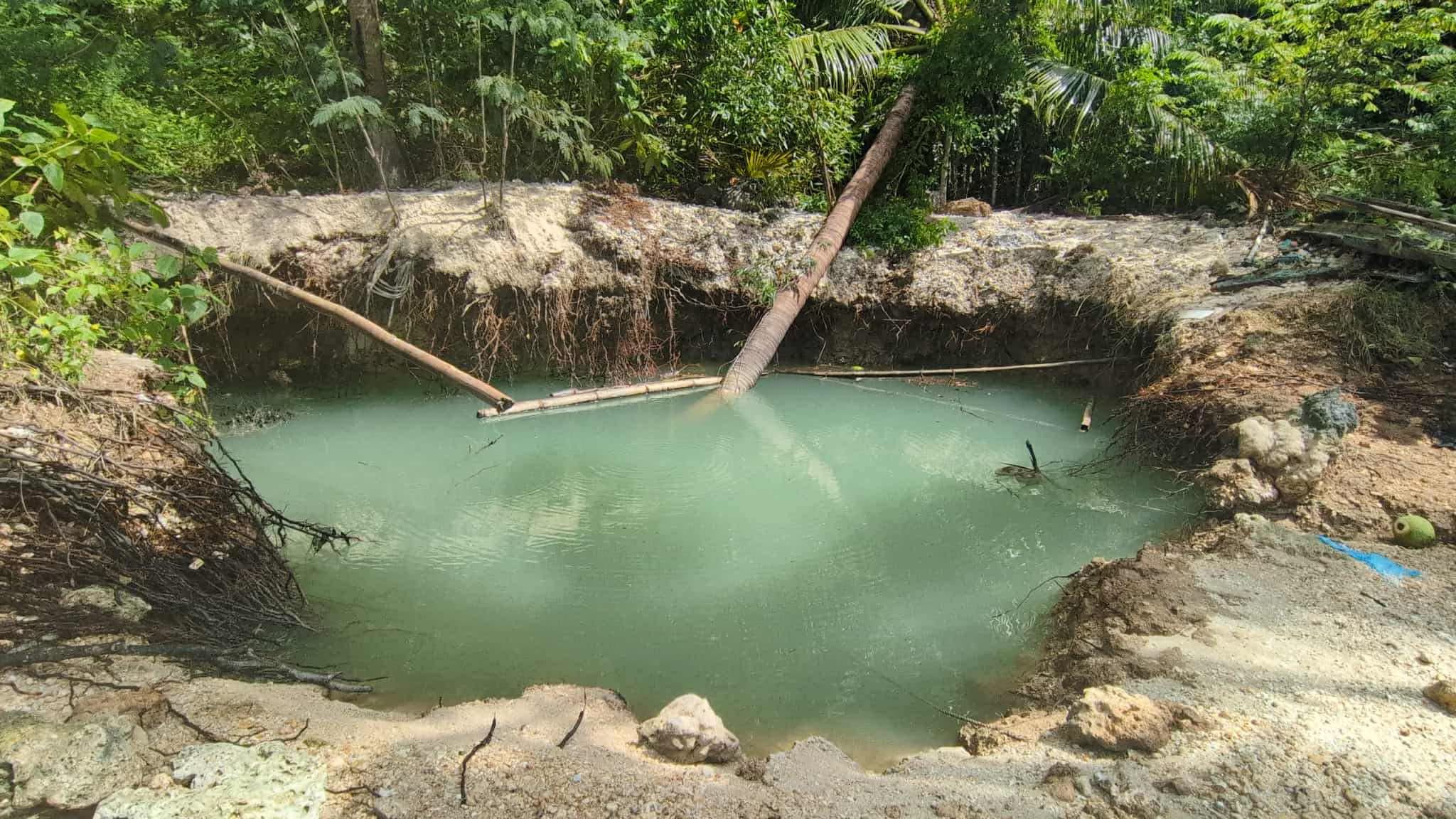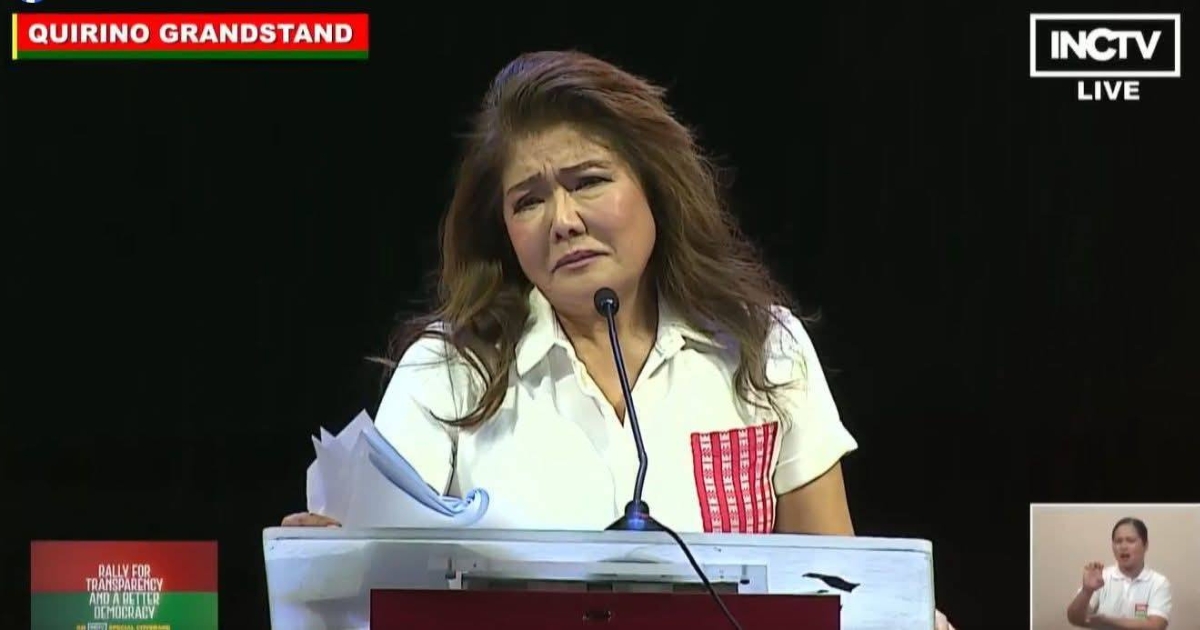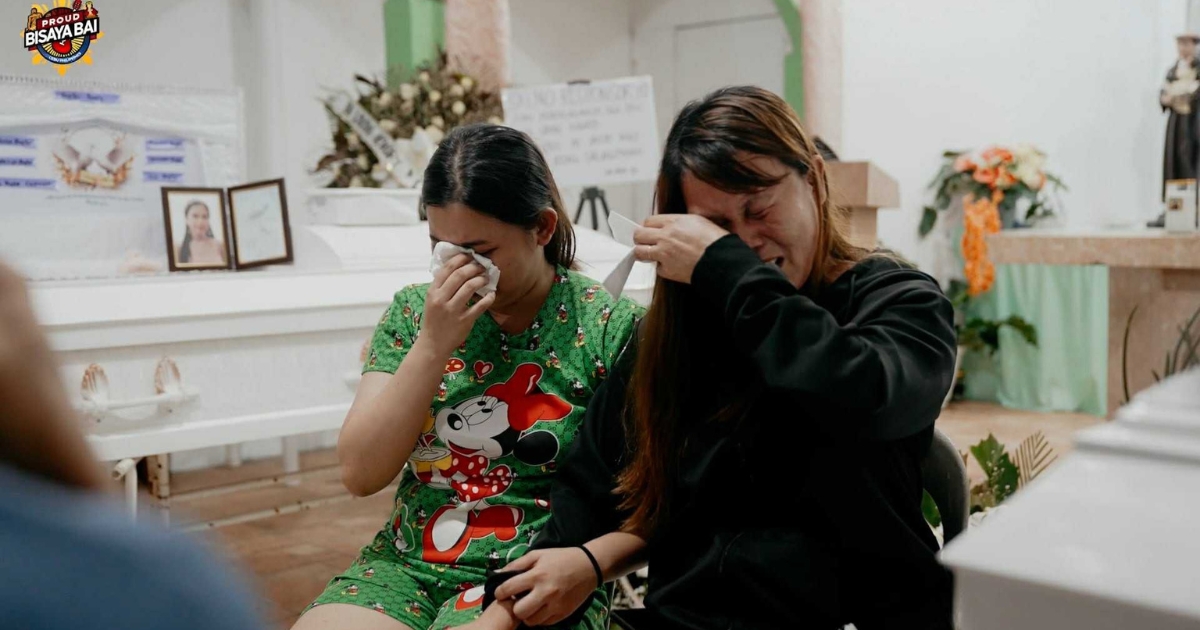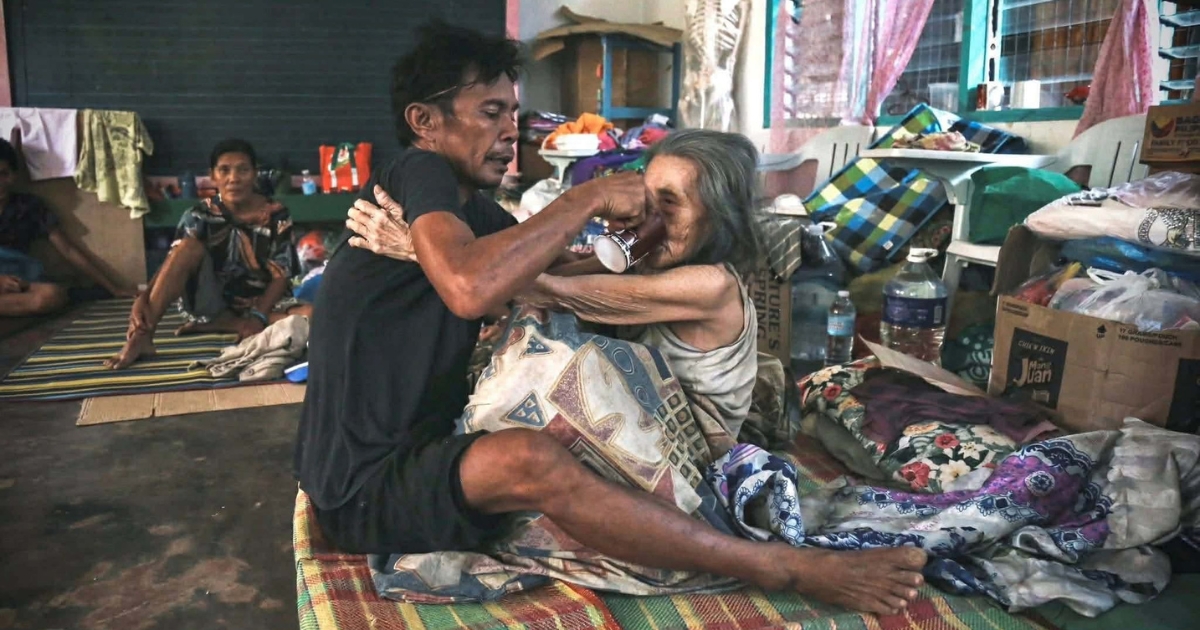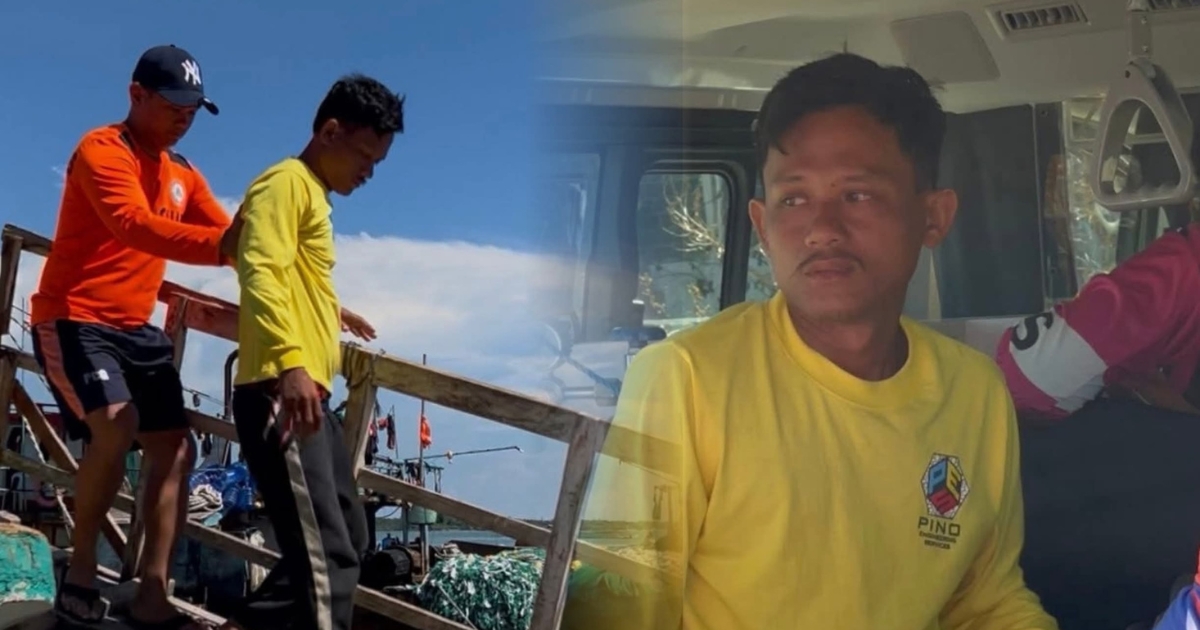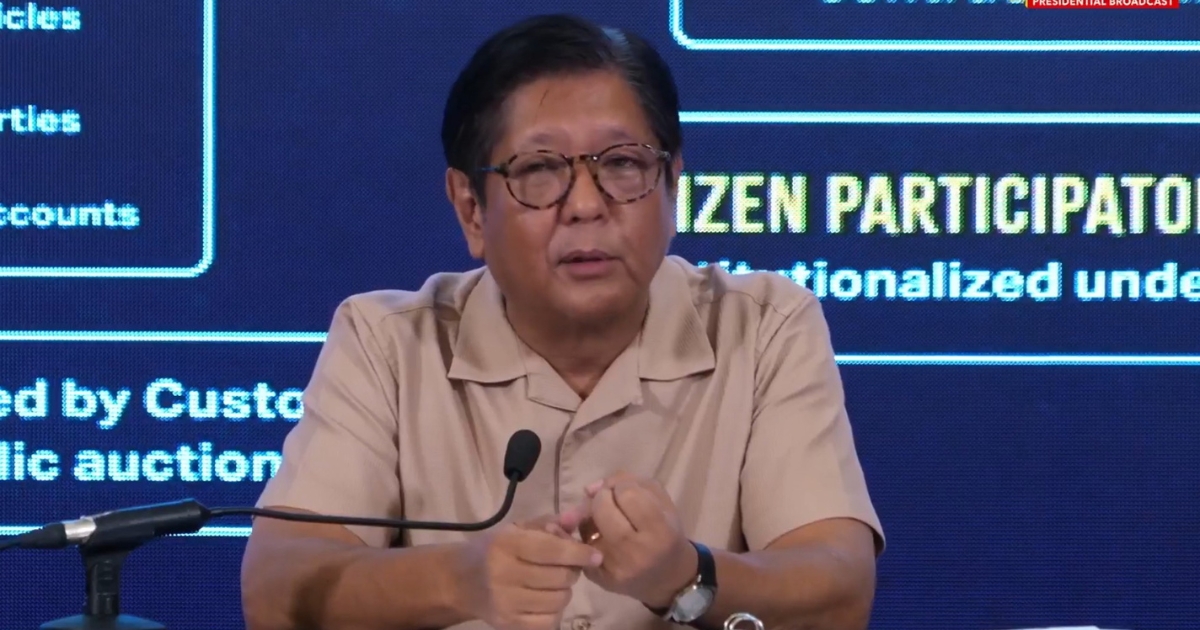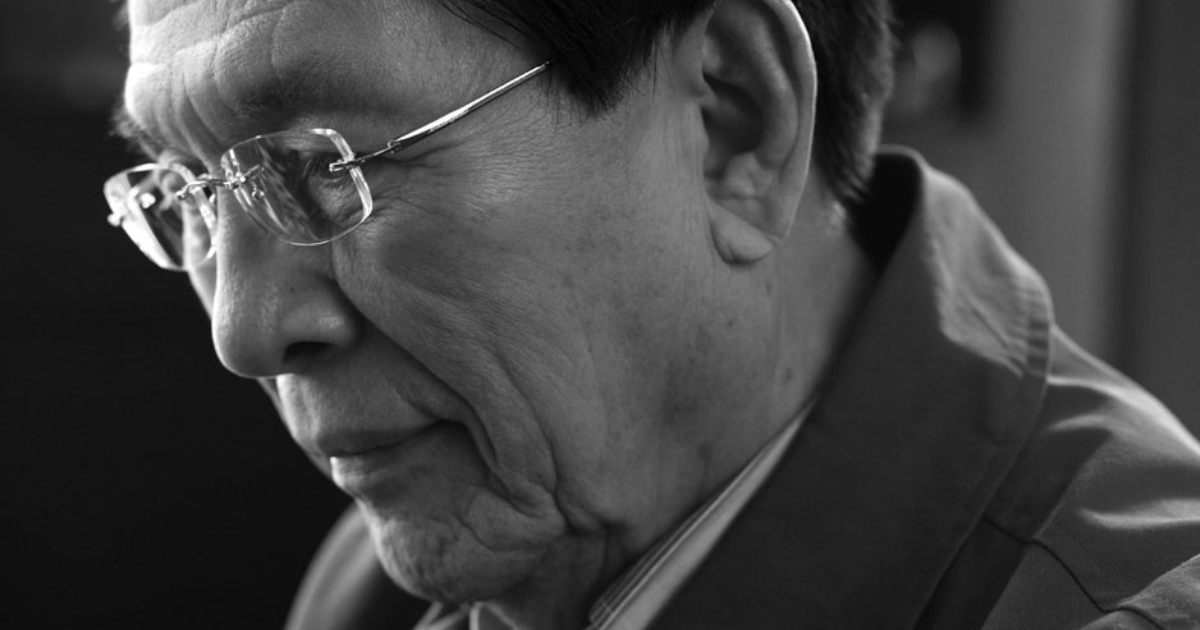MEDELLIN Cebu — Northern Cebu continues to face significant ground instability following the magnitude 6.9 earthquake that struck the region on September 30.
The Mines and Geosciences Bureau in Central Visayas (MGB 7) has confirmed multiple sinkholes and land depressions across several towns, prompting the agency to issue a Subsidence Threat Advisory for affected communities.
The advisory aims to alert residents and local authorities of the ongoing hazard and to guide preventive measures in areas deemed high risk.
Field inspections conducted by MGB-7 geologists identified San Remigio, Medellin, Bogo City, Tabogon, and Daanbantayan as particularly vulnerable to subsidence.
The bureau said these towns have experienced the formation of new sinkholes and ground cracks since the earthquake, highlighting the need for heightened vigilance.
Officials noted that these geological changes indicate that affected areas may continue to experience ground movement and structural instability in the coming weeks.
Safety measures urged
“The recent seismic activity has destabilized ground conditions, resulting in the formation of sinkholes in certain affected areas,” the bureau said.
Local governments were instructed to immediately block access to areas affected by sinkholes and cracked terrain. Warning signs and barriers are to be installed to ensure residents avoid entering unsafe zones.
The bureau also emphasized that covering or backfilling sinkholes without proper technical assessment, especially in areas with underground waterways, could exacerbate ground collapse or lead to localized flooding.
The advisory outlined several recommended actions for municipalities.
Officials are to monitor ground movement regularly, particularly after heavy rainfall, which could accelerate subsidence.
Construction in areas identified as unstable should be avoided to reduce the risk of structural damage and potential casualties.
MGB 7 also recommended conducting geotechnical studies to determine the size and extent of underground cavities, information that is critical for relocation planning or engineering interventions in severely affected areas.
To assist in these efforts, two technical teams from MGB-7 and the bureau’s central office have been deployed across northern Cebu.
Their work includes field validation, mapping of affected sites, and data collection that will contribute to the bureau’s comprehensive geohazard assessment report.
This report will provide local governments with detailed information to help guide future land use, public safety measures, and emergency response plans.
In Medellin, MGB 7 informed local officials that all barangays with confirmed sinkholes have been classified under a high subsidence hazard rating.
The bureau highlighted that sinkholes present ongoing risks to residents, infrastructure, and property. It also warned that cracks in the ground could widen and deepen over time, increasing the potential for sudden collapse.
The bureau issued similar warnings to the local governments of San Remigio, Bogo City, Tabogon, and Daanbantayan.
Each municipality is expected to implement preventive measures based on the bureau’s findings and recommendations, including evacuation plans for residents living near large cavities and areas showing signs of continued ground movement.
Local impact in San Remigio
San Remigio has reported more than a hundred sinkholes in the past, with fifteen are newly confirmed after the earthquake.
The sudden appearance of these cavities forced hundreds of residents to move to open fields for safety.
Local authorities reported that some of the sinkholes were large enough to engulf coconut trees and small boats.
Mayor Mariano Martinez noted that several of the sinkholes had filled with underground water, softening the surrounding soil and heightening the risk of collapse.
Several families were relocated from homes situated near the largest cavities.
Meanwhile, inspections of schools and other public buildings in Hagnaya and neighboring barangays are ongoing to ensure that facilities remain safe for students and residents.
MGB 7 emphasized that affected zones remain hazardous and require strict precautionary measures.
The bureau warned that sinkhole development could continue over time due to factors such as heavy rainfall, lowering of the water table, or additional seismic activity.
Residents are encouraged to report any new cracks, depressions, or signs of ground instability to local authorities promptly.
They were also advised to avoid settling or rebuilding on terrain identified as unstable, in order to minimize potential harm.


